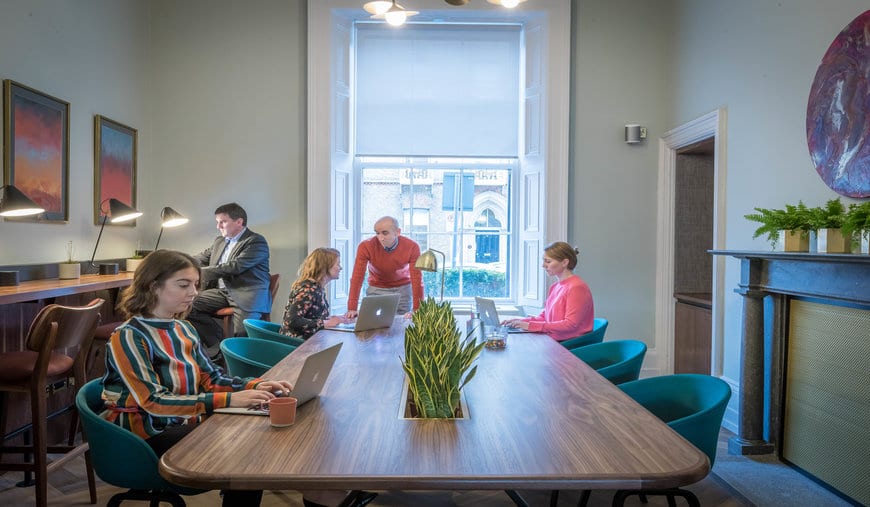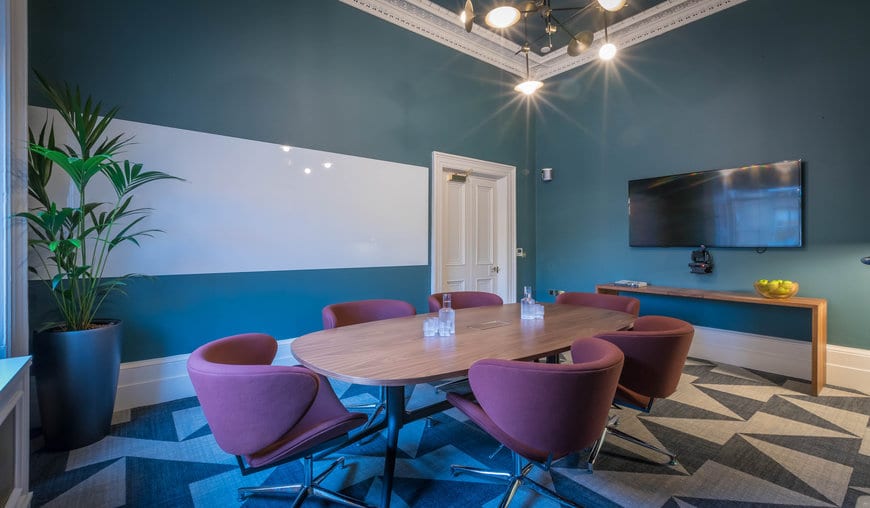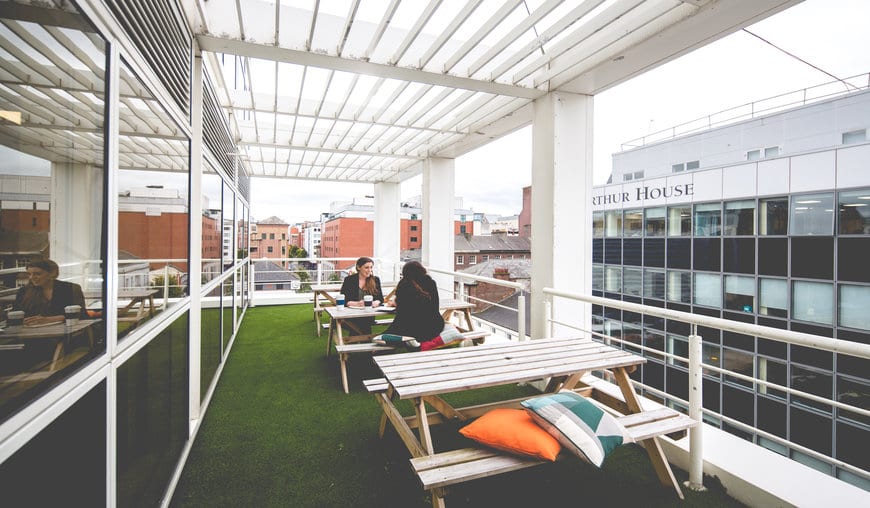What will the office of the future look like?
Innovations in design and work ethic have shaped the look of many modern office spaces and ultimately has led to our desire for something more than a four-walled cubicle and the standard desk setup.
The idea that our workplace can influence our output has often played a key role in office development plans, with employers encouraging their employees to suggest what they would like to see in their office. Gone are the days of the homogenous, white-walled office spaces which we were once accustomed to. Nowadays, the benefits for developing a healthy office culture through the provision of a suitable physical environment for employees often outweighs the cost of actually doing so.
But, what exactly can we expect to see in the coming years? Which trends are going to stick around and which ones will soon bite the dust? We here at Glandore are fascinated by the future of workplace design and have put together our list of realistic predictions for what we imagine the office of the future will look like.
1. A workplace shaped by the workforce
Feedback from employees is constantly encouraged in large companies. Those who take advantage of the opportunity to speak their mind are usually rewarded.
In the coming years, we will begin to see tailored work environments based on the requests and requirements of employees. Teams working on collaborative projects will have open plan spaces, breakout rooms for team meetings, exercises, conferences or even just a place to unwind after a stressful morning.
Unique technologies will be introduced to help aid the usual processes which will free up valuable time to dedicate to more important tasks.
2. More remote workers means more shared workspaces
Working from home can be nothing more than a dream for those of us who long to cut out the dreaded morning commute. However, there has been a significant uptake in off site working in some companies with employees being encouraged to step out of the office from time to time.
According to research featured in Silicon Republic 50% of the global workforce, in the coming years, will be completely comprised of freelancers and they won’t exactly be needing their own cubicle. From this, it would seem that the office of the future might be less congested with only those who are necessary remaining on site.
With more employees working remotely, we may see an increase in the amount of shared coworking spaces being occupied. Hot desks can be extremely economical for those looking to set up shop away from the office and can provide you with a comfortable environment to carry out your work in peace.
3. Increased collaboration in the workspace
Although most of us are already working in teams or groups within our respective workplaces, the way in which you do so is certainly going to change. Improvements in communication technologies will speed up collaborative efforts with decisions being made in real-time.
Applications such as Slack and Asana will become the norm for delegating tasks, noting changes and setting deadlines. With most of this collaborating happening online, some processes can potentially be automated to help save time.
Advancements in both artificial intelligence (AI), augmented reality and virtual reality (VR) will soon see them being implemented in offices around the world, regardless of what sector you work in. For example, the coffee-chain giant Starbucks have recently began using VR headsets to help in the designing of their Japanese branches. By uploading construction data to the headset, they can easily convey plans and ideas from architects to developers.





